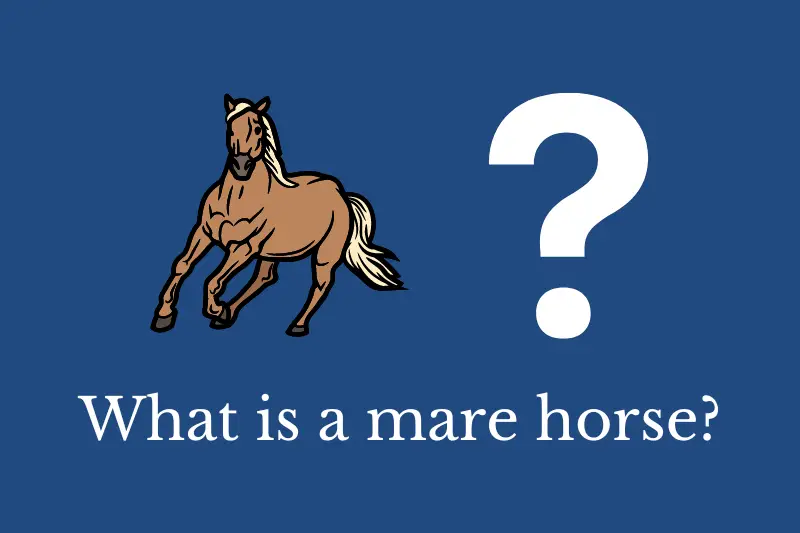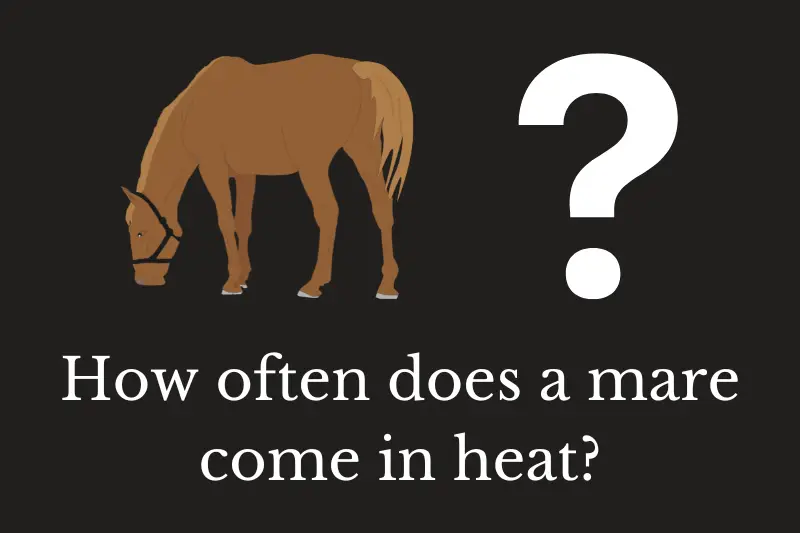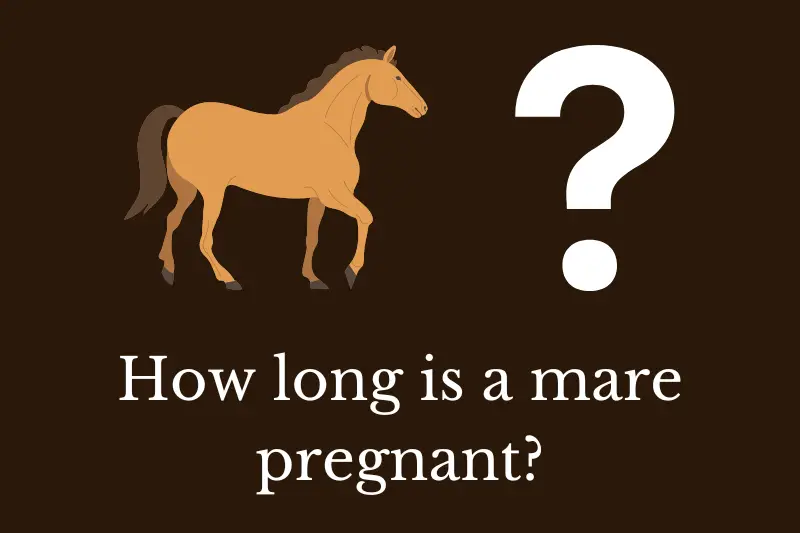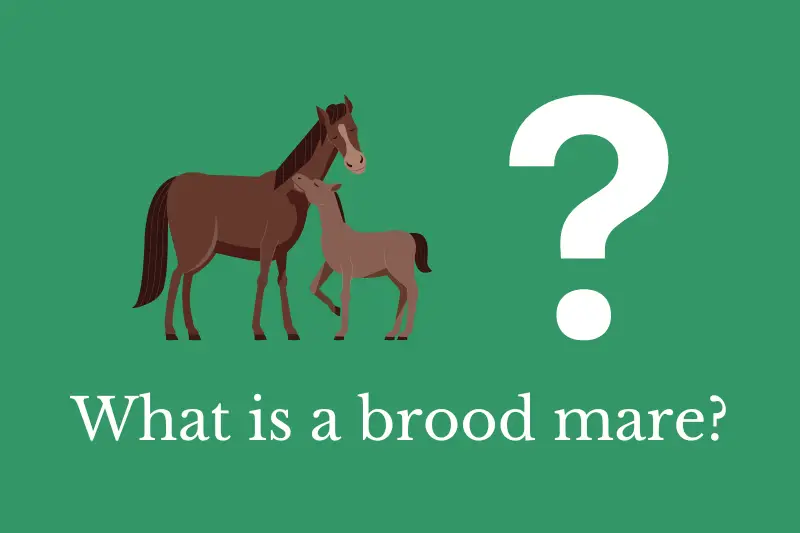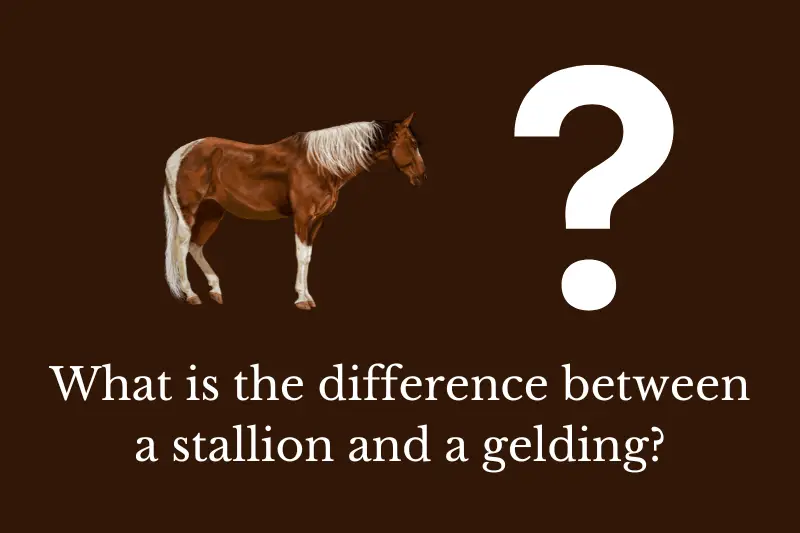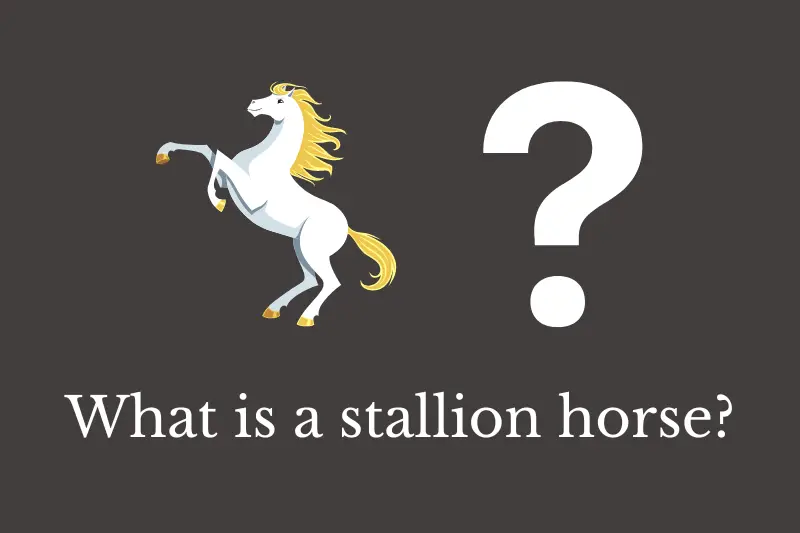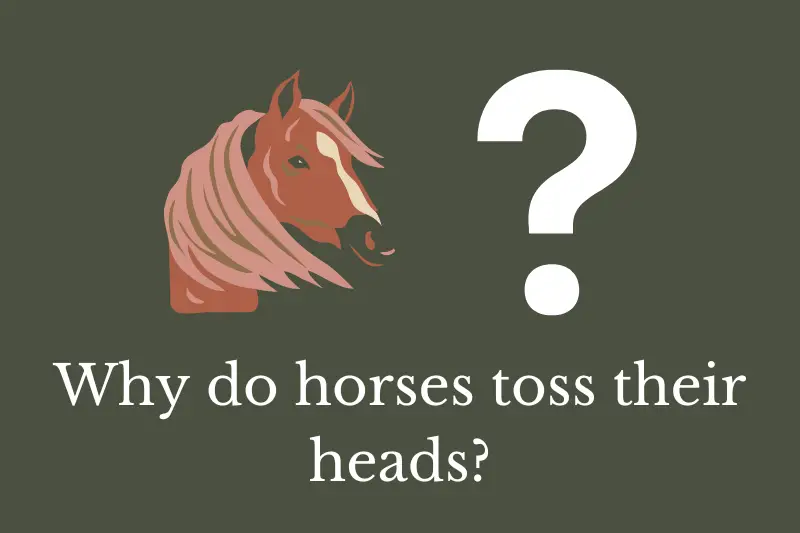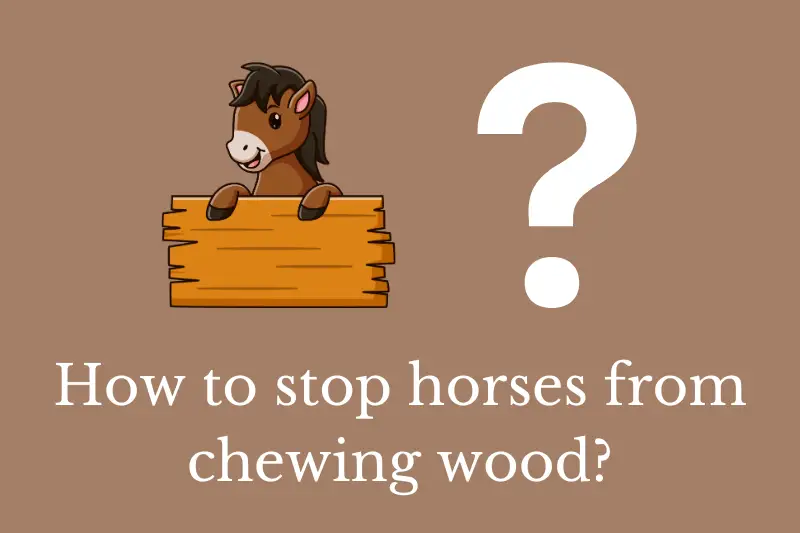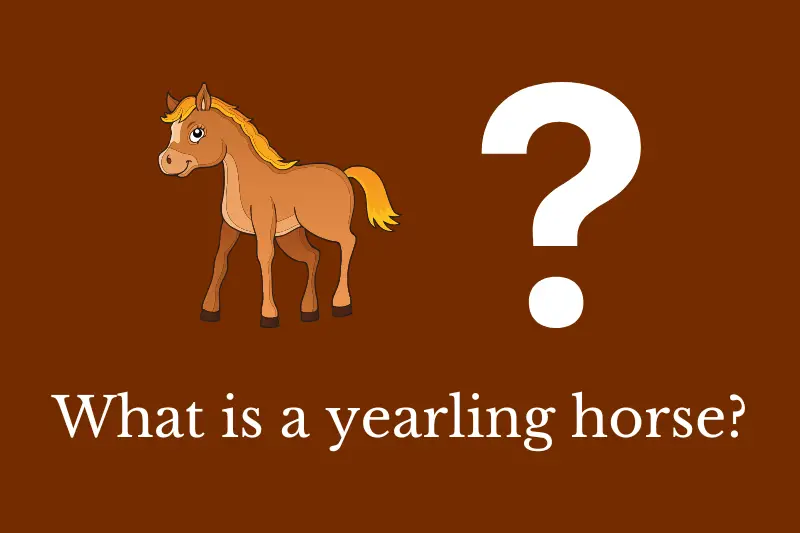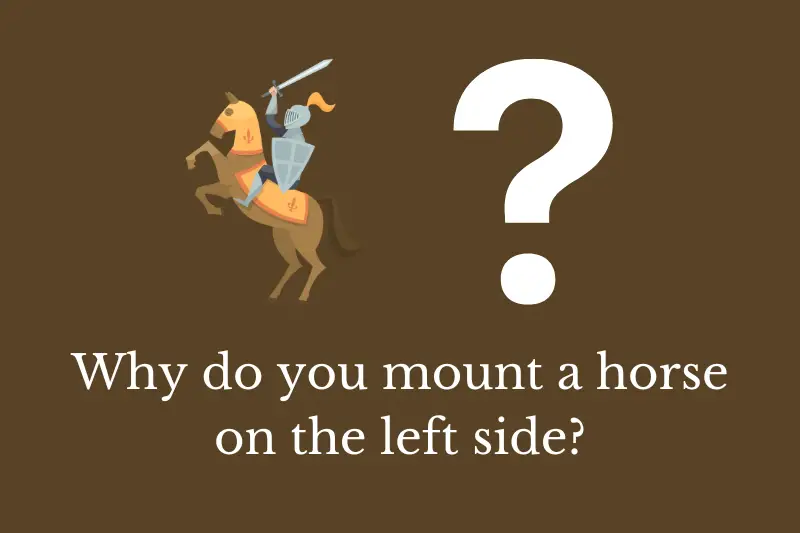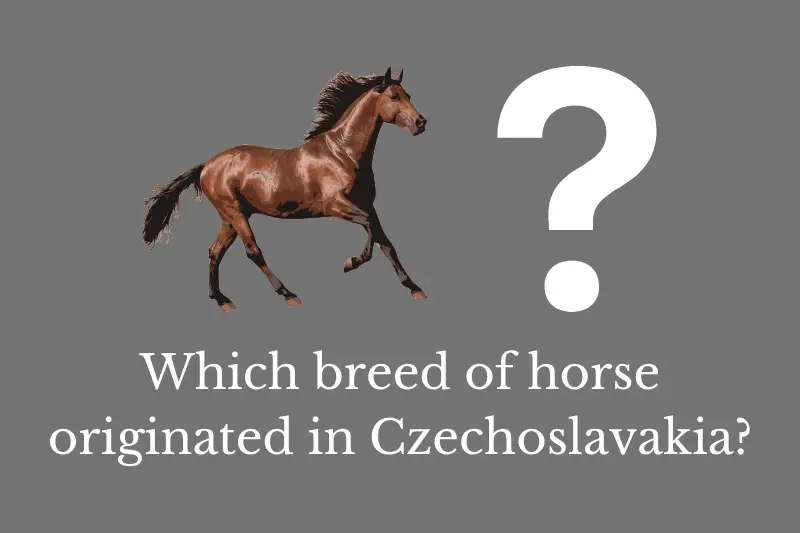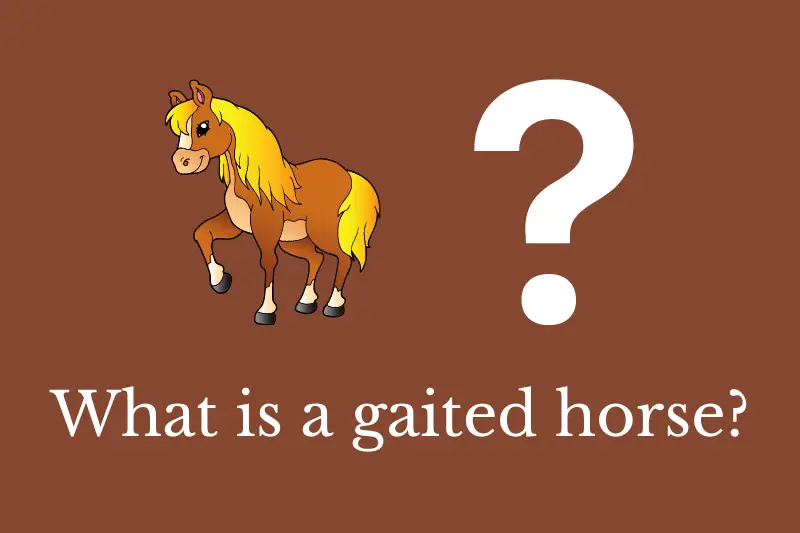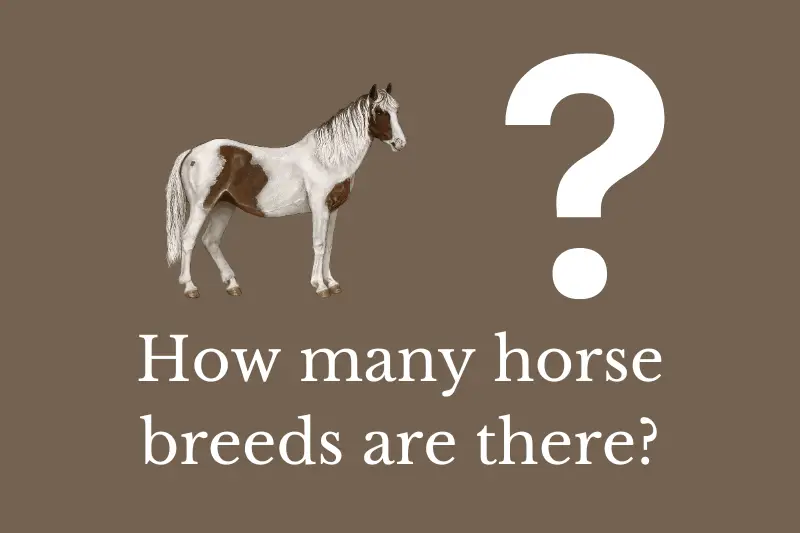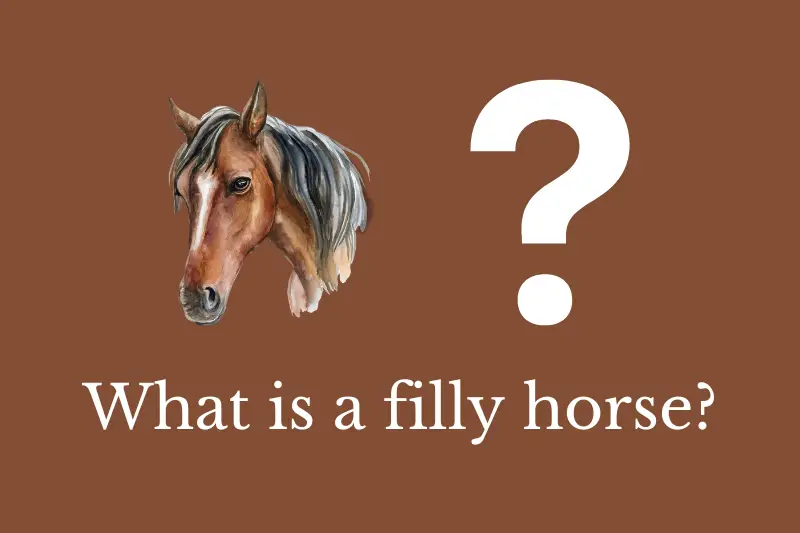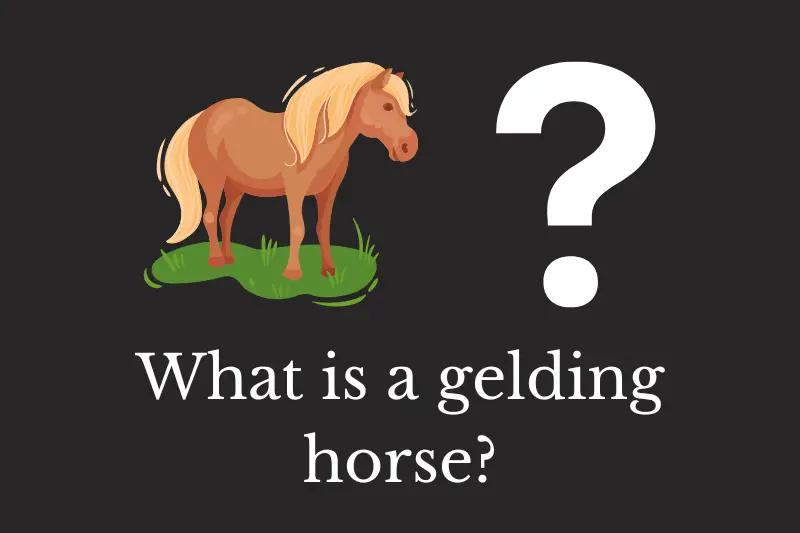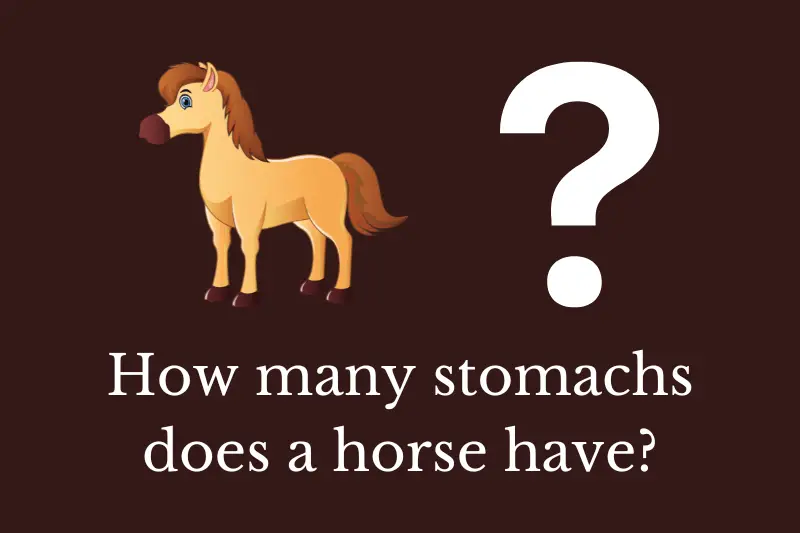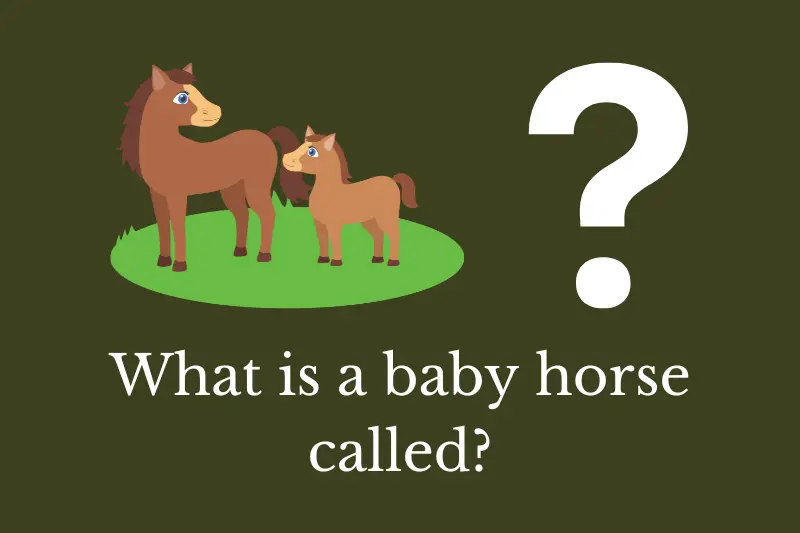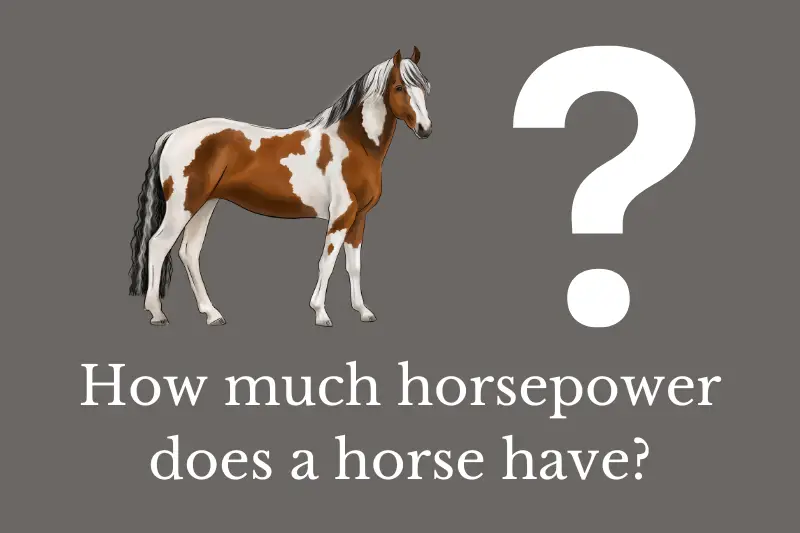A mare is a female horse that is typically over the age of three years old. Mares are an important part of the equine community and can be used for a variety of purposes, including riding, showing, and breeding.
Characteristics of mares
Mares have several unique characteristics that distinguish them from male horses, such as stallions and geldings. One of the most notable differences is their reproductive system – mares are capable of carrying and giving birth to foals. They typically come into heat (estrus) every 21 days during the breeding season, which lasts from late spring to early fall in most parts of the world. During this time, they may exhibit certain behaviors such as frequent urination and “winking” of their vulva to attract a stallion for breeding.
In terms of physical characteristics, mares may have a more feminine appearance than male horses, with a less prominent crest on their neck and a more rounded body shape. They typically stand around 14 to 16 hands (56 to 64 inches) tall, although their height and weight can vary greatly depending on their breed and individual genetics.
Mares may also have unique personality traits and temperaments that distinguish them from male horses. While individual personalities can vary greatly, mares are often described as sensitive and intuitive, with a strong sense of herd dynamics. They may form strong bonds with other horses, particularly their foals or other mares in their herd.
Care of mare horses
In terms of care and management, mares require similar care to male horses, including regular grooming, exercise, and veterinary care. However, there are certain additional considerations when it comes to managing a mare, particularly if she is intended for breeding purposes.
Breeding mares require specialized care and management, including regular reproductive health checks and breeding evaluations. They may also require specialized facilities, such as breeding stalls or artificial insemination equipment. In addition, mares that are bred may require additional nutritional support and veterinary care throughout their pregnancy to ensure a healthy foal.
Mares can also be used for a variety of riding and showing disciplines, including dressage, jumping, and trail riding. They may require specialized training and handling depending on their intended use, but their sensitive and intuitive nature can make them well-suited for a variety of equine activities.
Summary
In conclusion, mares are female horses that are an important part of the equine community. They are capable of carrying and giving birth to foals, and may exhibit unique personality traits and temperaments. While they require similar care to male horses, there are certain additional considerations when managing a mare, particularly if she is intended for breeding purposes. With proper care and management, mares can make valuable contributions to the equine community through their athleticism, beauty, and reproductive capabilities.

